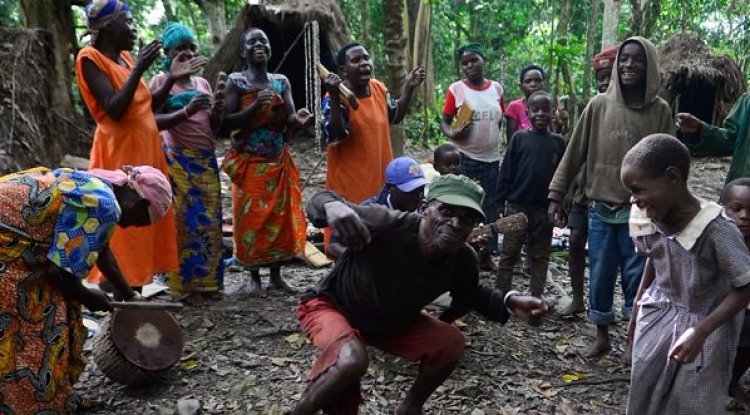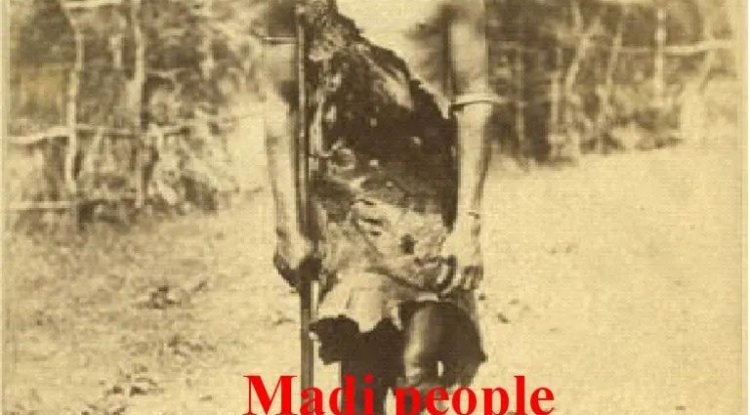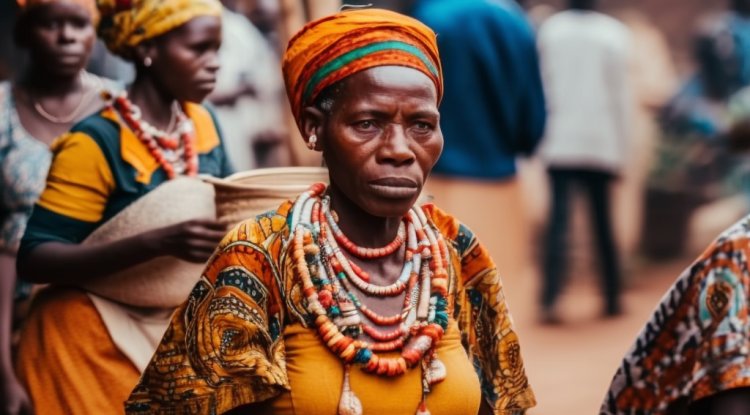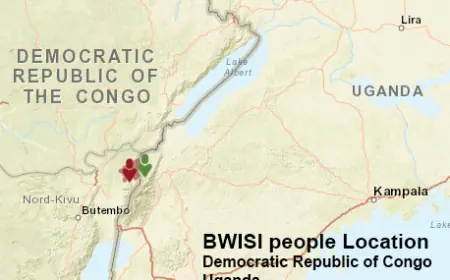The Banyole
The Banyole or Banyuli are a Bantu ethnic group of Uganda that live mainly in Butaleja District. Here is an article about the culture of Banyole
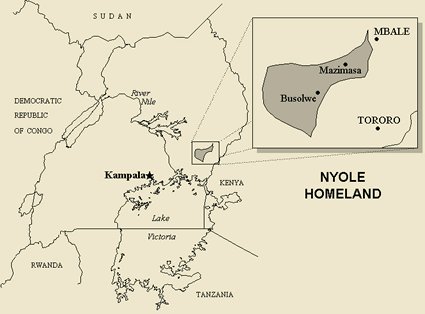
The Banyole seem to be a sub-group of the Basoga, and their customs, language, and origins are similar to those of the Basamia-Bagwe. They, like the Bagwe, claim to have originated in Kenya's Banyala region. With minor differences, their birth, burial, and marriage ceremonies are similar to the Basamia Bagwe.
The ethnicity of the Banyole
The Banyole are a Bantu ethnic group in Uganda that is one of the smaller Bantu ethnic groups. They are also known as "Abalya Lwooba," which means "mushroom eaters." They communicate in Nyole, (one of the numerous languages spoken in Uganada). They are primarily polygamous and divided into numerous clans. They speak the same language as the Bagwe and claim to have descended from the Banyala of Kenya, as do the Bagwe. The Banyole's traditional founder hails from the Yala River's confluence with Lake Victoria. Omwa was his name, and he lived 45 miles (72 kilometers) west of where they are now. Due to pressure from the Nilotic people, they were forced to relocate east.
The location of the Banyole people
When the British established the Bukedi District in this area at the turn of the twentieth century, the Banyole were one of the ethnic groups living in the plains between Lake Kyoga to the west and the slopes of Mount Elgon to the east. The Gisu people lived in the densely populated and mountainous northeast, and several other ethnic groups, including the Nilotic Teso and Bantu Gwere, lived in the western and southern plains. The people of the plains were primarily acephalous.
Today, the Banyole are mostly found in Uganda's Butaleja District in the east. They also live in the neighboring districts of Budaka, Mbale, Tororo, Bugiri, Namutumba, and Pallisa. To the east, the Gisu people live, to the south, the Adhola people live, to the west, the Soga people live, and to the north, the Gwere people live.
Leadership
There are many clans, and each one has its own leader, known as Omutuusa, who often wears skins to distinguish himself.
The religious beliefs of Banyole
Only about 5% of the Banyole still believe in their ancestral beliefs. Around 75% of the population is nominally Christian, with the majority being Anglican. They have only a basic understanding of Christianity due to low literacy and a lack of Christian texts in their language, and they may also practice traditional religious practices. About 20% of the population has converted to Islam.
Birth in Banyole
The placenta was taken after a child was born and buried where no one could see it or use it for evil purposes. It was feared that if the placenta fell into the hands of a bad person, he could manipulate it to kill or harm the newborn child, or to prevent the mother from ever conceiving again. The mother would be confined to the house until the umbilical cord remained attached to the navel and broke. The umbilical cord was kept in a special gourd, and the mother made sure to save as many cords as she had children. These cords were used in the event of evil because these cords were believed to be of great importance as an antidote. The food prepared for the mother after the birth could only be given to the mother and her husband.
Twins were born right away, and they were just left alone. The mother and father were given special porridge, and there were other functions similar to those of the Basamia-Bagwe. During the confinement, the mother could leave the house under special circumstances. She'd be covered in a winnowing tray before she got out in such a situation.
Death beliefs of the Banyole
Similar to those of the Basamia-Bagwe. When a man died, three days of mourning were observed (during which no bathing was permitted). The days of mourning were four in the case of a woman. The kasanja ritual was performed on a road junction to end the mourning and the people would bathe and resume their normal activities after three or four days of mourning, depending on the circumstances. If one of the twins died, mourning and weeping were taboo. The Banyole bury their dead in the eastern direction, which is thought to represent their possible origins.
Banyole's beliefs on marriage
When a girl reached adulthood, her parents would inquire about her preferences. The girl would then introduce the man to her parents, and the bride's wealth would be discussed. Following that, proper arrangements were made, and the girl was officially released to marry after a feast. If a woman's husband died, the clan would choose one of the late husband's brothers to be her successor. She would stay with her children if she was already elderly.
What's Your Reaction?
 Like
5
Like
5
 Dislike
0
Dislike
0
 Love
4
Love
4
 Funny
0
Funny
0
 Angry
0
Angry
0
 Sad
0
Sad
0
 Wow
2
Wow
2





























































